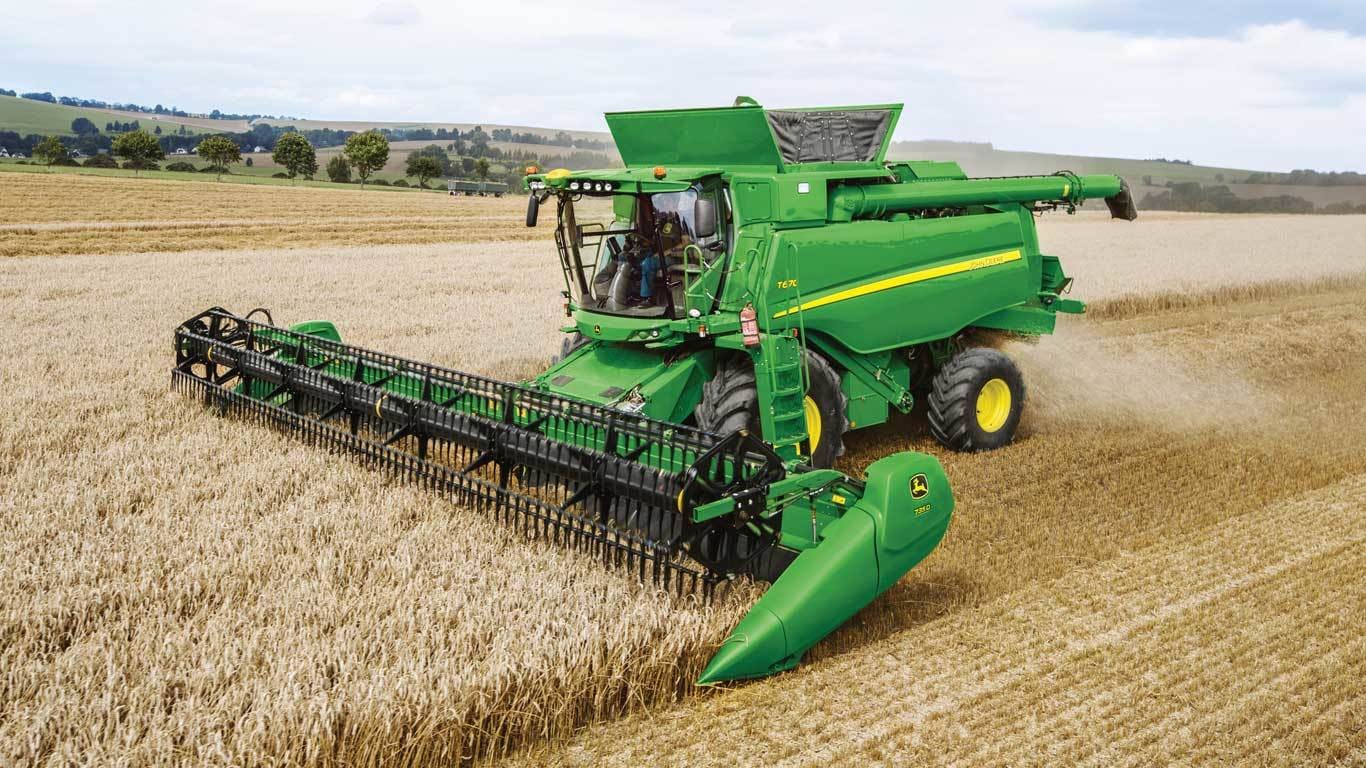In the early to mid 19th century, multiple advances in the field of agricultural machinery were made more or less in parallel by inventors in Scotland, the US, and Australia, all working (mostly) independently of each other. These developments coalesced into a single large, complex, and massively convenient piece of farming equipment that went through several stages of evolution, first horse-drawn, then steam-powered, then tractor-drawn, and eventually fully self-propelled and self-contained, complete with cameras and sophisticated yield monitoring and field mapping systems.
At its core, this machine merges the farming tasks of reaping, threshing, gathering, and winnowing grain into a single activity, and is commonly known by a deceptively simple name.
What is this massively labor-saving invention?
